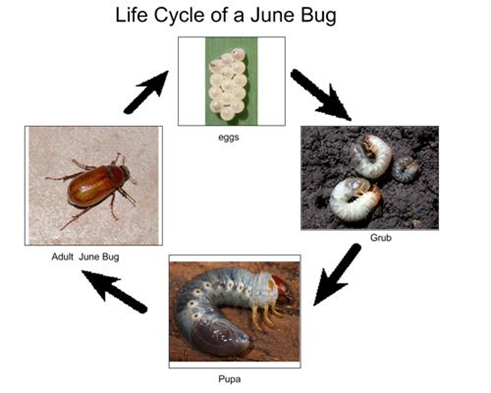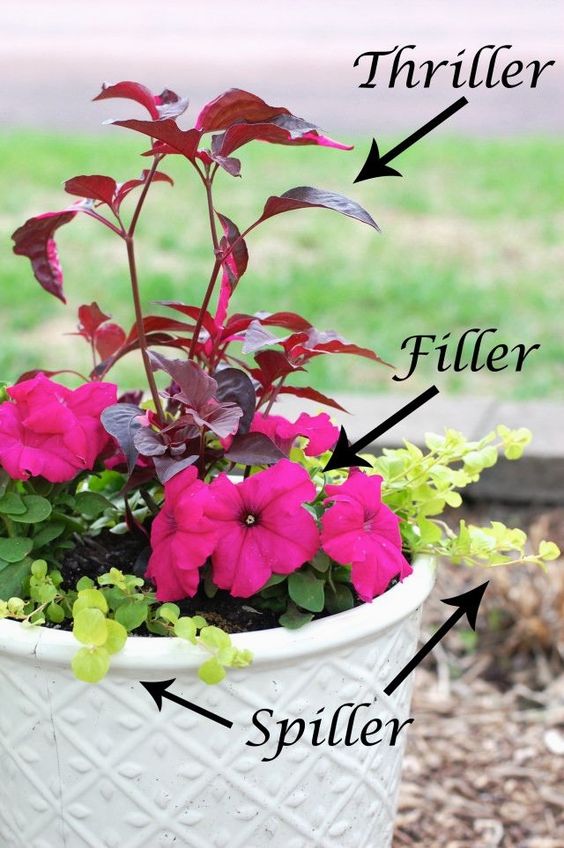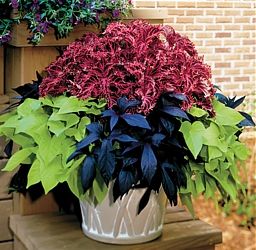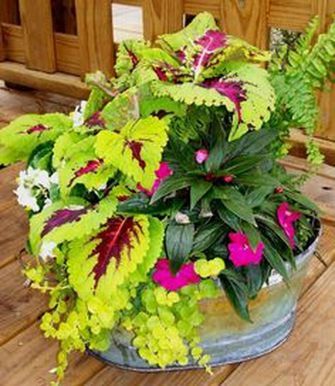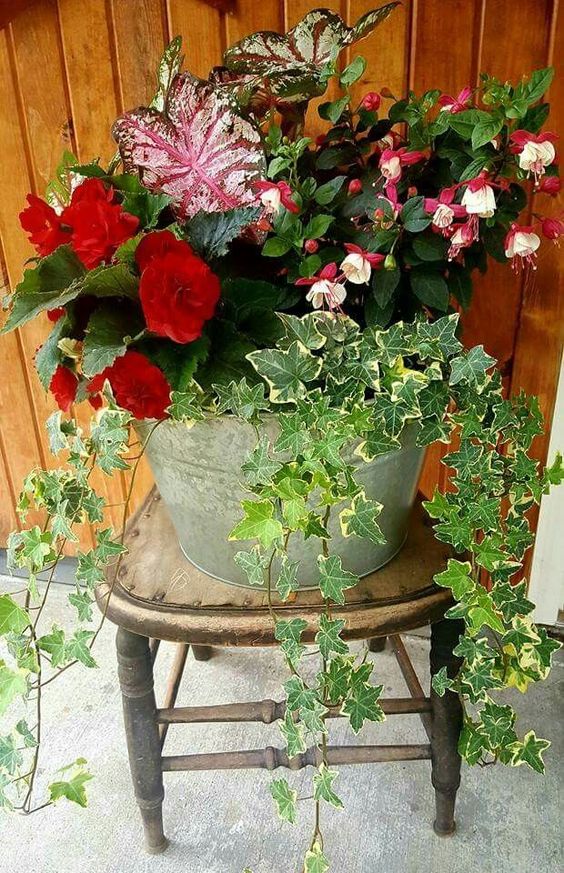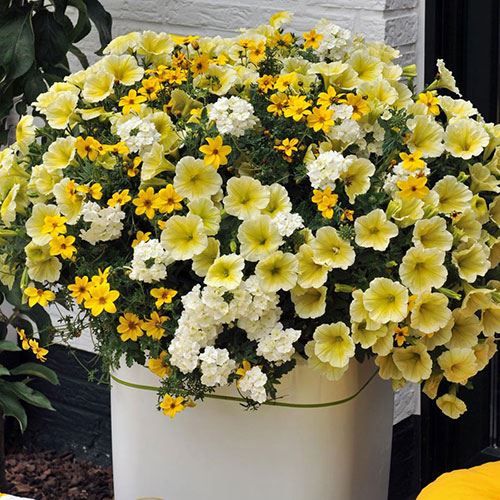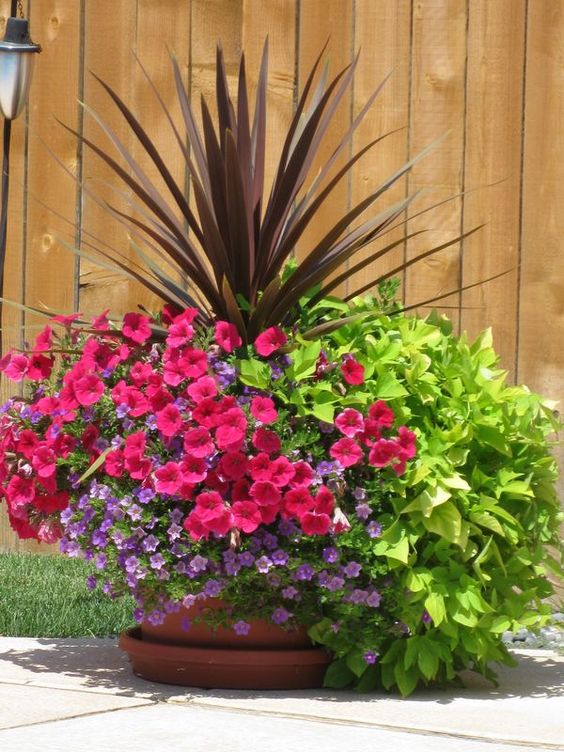Maintain your AC unit, which will run more efficiently, use less energy, and cost less money to run. A properly maintained system will also last longer before needing to be replaced. It should be noted that there are some tasks that can be done by the average homeowner, but others should not be performed by anyone who doesn’t have the proper training and a license.
Clean and/or Replace Air Filter
Replacing your air conditioner air filter (or cleaning it, if you have a reusable filter) is one of the most important regular AC maintenance chores. It should be done every month during high-use seasons (like summer and winter) and once during the fall and spring.
Check Wiring and Components
Before working on an air conditioner, ALWAYS start by turning off the power to the unit, which can be done at the service disconnect on your outdoor unit or at the main breaker panel of your home. Old wiring inside AC unit. Next, remove the access panel on your condensing unit and see if you see any signs of overheating – melted insulation on wires, blackened or burned-looking wires, and the like. If you see any of the above problems, call a local heating and air conditioning expert to do the work for you.
Examine Thermostat
Check your thermostat to make sure it’s working properly and keeps your home at the right temperature. If you have an older, mechanical type thermostat, you may want to consider upgrading to a programmable model.
Adjusting programmable thermostat.
A programmable thermostat allows you to set the temperature higher when no one is home (do not turn the AC off, just up), and cool the house down about 30 minutes before people arrive home for the evening. That way you’ll always have a comfortable home waiting for you, and you’ll save energy and money by not having your AC running all day when no one is at home.
Check Condenser
Unit FanTurn the power off to your air conditioner unit, and check the fan mounted on the top of the outside condenser unit to make sure it’s still in good condition. Replace the fan blades if there are any cracks or chips visible in one or more of the blades. If you have an older air conditioner unit, the fan motor bearings may need to be oiled regularly as well.
Clean Outside Unit
Over time leaves, dirt, grass clippings and the like will build up on the outside of the air conditioner unit, decreasing system capacity and reducing air flow. After shutting off the power to the unit, use a garden hose to gently wash out the debris, starting at the top with the hose at about a 45° angle. Do NOT use a power washer and take care not to bend or damage the delicate fins on the coil. Trim any shrubs around the unit giving at least 2 feet of space between the unit and any plants for good air flow.

